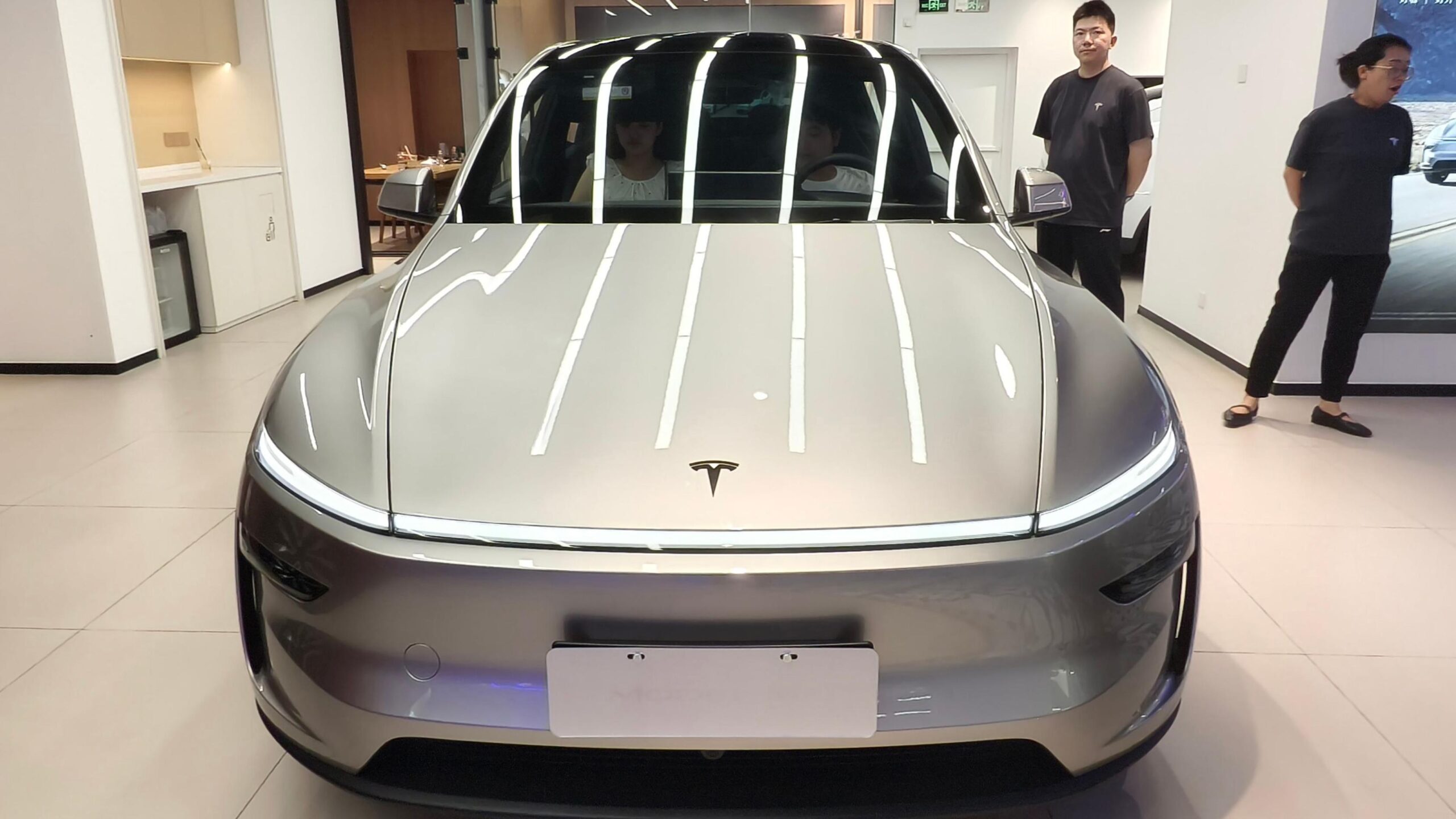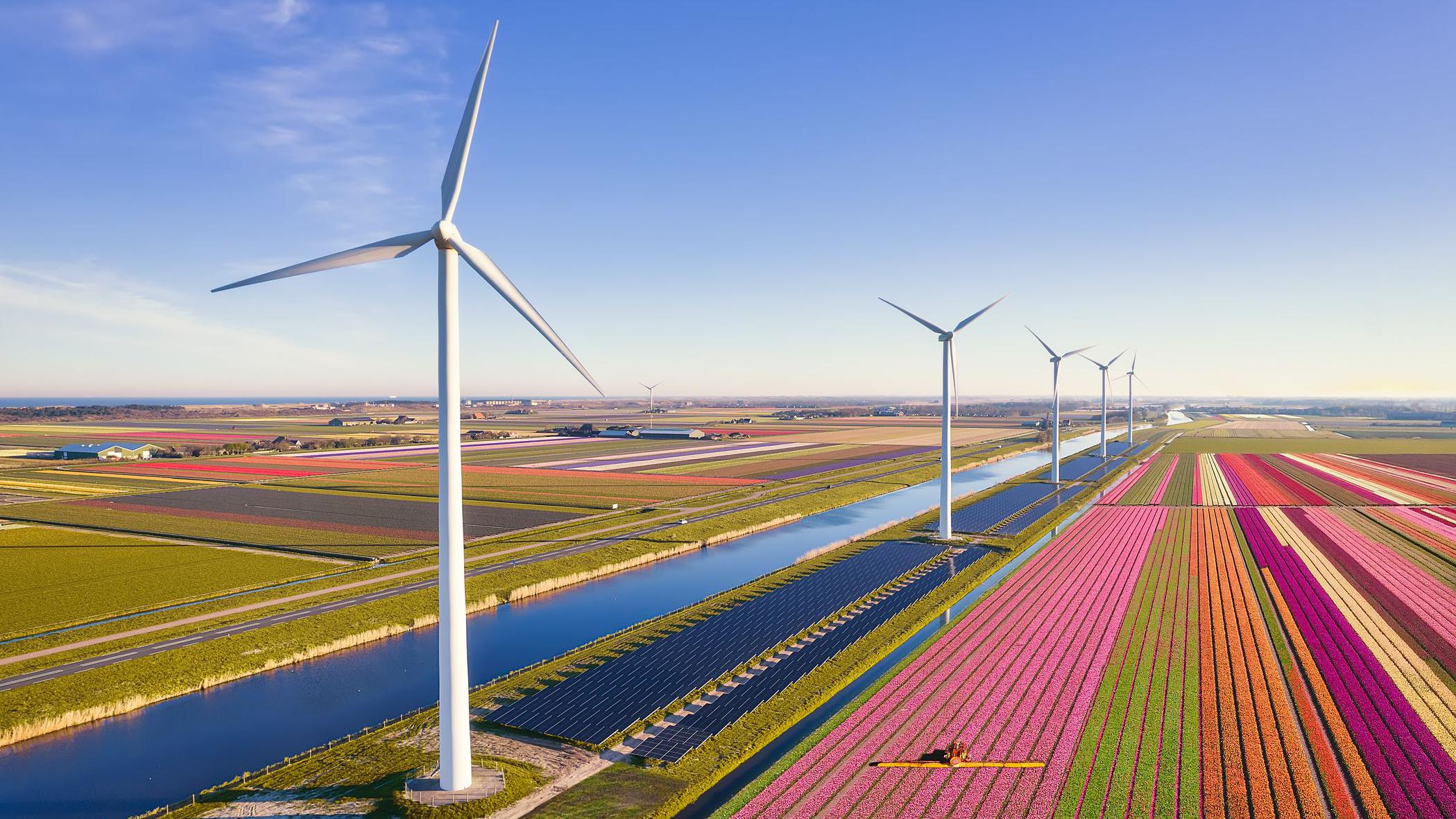I remember the day I first slid behind the wheel of a Tesla Model 3 back in 2019. The acceleration pinned me to the seat, the autopilot felt like magic, and I thought, “This company is unstoppable.” Fast forward to October 2025, and Tesla’s latest earnings report has everyone scratching their heads. Record-breaking revenue, yet profits are tumbling. It’s like throwing the party of the year but ending up in the red because the catering bill exploded. Let’s dive into what happened, why it matters, and where Tesla might be headed next—drawing from my years following the EV world and chatting with industry folks.
Breaking Down the Q3 2025 Earnings Report
Tesla dropped its third-quarter results on October 22, 2025, and the headlines screamed contrast. Revenue hit a whopping $28.1 billion, up 12% from last year and beating Wall Street’s expectations of $26.457 billion. But net income? It plunged 37% to $1.4 billion, with earnings per share at $0.50, missing the $0.55 forecast. It’s a classic case of top-line glory masking bottom-line blues.
Revenue Highlights: Where the Money Came From
Automotive sales led the charge, fueled by record deliveries of 497,099 vehicles—a 7% year-over-year jump. Energy generation and storage chipped in $3.4 billion, soaring 44% thanks to massive deployments like 12.5 GWh of battery storage. Services and other revenue added $3.48 billion, up 25%, from things like Supercharger networks. Overall, it’s clear Tesla isn’t just a car company anymore; it’s morphing into an energy powerhouse.
Profit Metrics: The Slippery Slope
Operating income took a 40% nosedive to $1.62 billion, with gross margins slipping to 18% from nearly 20% last year. Free cash flow was a bright spot at $4 billion, up 46%, but that didn’t stop the profit erosion. Automotive margins felt the squeeze from price cuts and higher costs, while regulatory credits—once a cash cow—dropped 44% to $417 million. It’s like Tesla’s profit engine is revving high but leaking oil everywhere.
Deliveries and Production: Numbers That Impress
Tesla produced 447,450 vehicles but delivered a record 497,099, showing efficient inventory management. Model Y dominated, especially in China and North America, with new affordable trims like the $36,990 Model 3 Standard boosting demand. Yet, this surge came partly from buyers rushing in before EV tax credits expired, hinting at potential slowdowns ahead.
Why Did Tesla’s Profits Slide? Unpacking the Culprits
Picture this: You’re at a buffet with endless food (revenue), but the plates keep breaking (costs), and the chef’s demanding a bigger tip (investments). That’s Tesla in Q3 2025. Profits slid despite the revenue boom due to a perfect storm of internal and external pressures. I’ve seen similar patterns in tech giants before, where growth eats into margins temporarily—or sometimes permanently.
Rising Costs and Tariffs: The Hidden Expenses
Tariffs alone hammered Tesla with over $400 million in extra costs, thanks to U.S. policy shifts under the Trump administration. Operating expenses ballooned 50% from heavy AI and R&D spending, pushing the company to invest in future tech like robotics. Material costs for batteries and chips also rose, squeezing margins even as sales climbed. It’s a reminder that scaling up isn’t cheap, especially in a volatile global trade environment.
Loss of Regulatory Credits and Tax Incentives
Regulatory credits, which Tesla sells to other automakers, fell sharply to $417 million—a 44% drop. The end of federal EV tax credits pulled demand forward into Q3, but it’s expected to dent future sales by 8.5% in 2025. Without these subsidies, Tesla’s pricing power takes a hit, forcing discounts that erode profits. I’ve chatted with EV buyers who delayed purchases waiting for deals, showing how policy flips consumer behavior.
Intensifying Competition in the EV Market
Rivals like BYD, Volkswagen, and Ford are flooding the market with cheaper EVs, chipping away at Tesla’s share. In Europe, backlash from Musk’s political stances added fuel to the fire, hurting demand. Tesla responded with price cuts, but that meant lower per-unit profits despite higher volumes. It’s like being the popular kid at school who’s suddenly got copycats stealing your lunch money.
Elon Musk’s Political Activity: A Double-Edged Sword
Musk’s vocal support for certain policies has polarized consumers, leading to boycotts in some regions. While it might align with long-term visions like deregulation for autonomy, it contributed to a 13% sales dip earlier in 2025. I recall a friend ditching his Tesla order over social media drama—small anecdotes, but they add up in brand perception.
Bright Spots Amid the Gloom: Energy and Autonomy Shine
Not everything’s doom and gloom; Tesla’s energy business is exploding like fireworks on the Fourth of July. And autonomy? It’s the golden ticket Musk keeps waving. These segments could be the lifelines pulling profits back up, based on what I’ve observed in sustainable tech trends.
Energy Storage Boom: Megapacks to the Rescue
Energy revenue jumped 44% to $3.4 billion, with record 12.5 GWh deployed—up 81% year-over-year. Gross profit here hit $1.1 billion, rivaling automotive margins at 31.4%. New products like Megapack 3 and U.S.-made solar panels (launching Q1 2026) position Tesla as a grid stabilizer. I once visited a solar farm powered by similar tech; it’s game-changing for renewable integration.
Autonomy Advancements: FSD and Robotaxi on the Horizon
Full Self-Driving (FSD) v14 rolled out, with over 6 billion supervised miles driven. Musk promised unsupervised FSD by year-end in places like Austin, expanding Robotaxi to 8-10 cities by 2025’s close. AI compute ramped up to 81,000 H100 GPUs, partnering with Samsung for next-gen chips. It’s exciting, but remember, promises have slipped before—yet the potential for high-margin software revenue is huge.
Robotics: Optimus as the Next Big Bet
Optimus Gen 3 debuts Q1 2026, with mass production eyeing 1 million units yearly by late 2026. Musk envisions it transforming labor, potentially adding trillions in value. Challenges like manual dexterity persist, but if it works, it’s Tesla’s moonshot. I laughed thinking of robots doing my chores—humor aside, this could redefine profitability.
Stock Market Reaction: Volatility in Action
Tesla shares dipped 5% post-earnings to around $416, then clawed back to $440 by midday. The market’s jittery, with the stock up 9% year-to-date after a rocky start. Analysts warn of overvaluation at 200x forward earnings, but optimists bet on AI growth. It’s like riding a rollercoaster; I’ve held through dips, knowing Musk’s narratives often rebound.
Analyst Perspectives: Bull vs. Bear
Bulls highlight energy and autonomy as undervalued assets, projecting 20-30% margins long-term. Bears point to margin pressures and no 2025 guidance, fearing demand drops. CFRA’s Garrett Nelson called it a “disconnect” between earnings and stock run-up. Balanced views suggest watching Q4 for tax credit fallout.
Potential Support Levels for TSLA Stock
If the slide continues, watch $360, $292, and $267 as key supports. Upswings might hit resistance at $450. Technicals show volatility, but fundamentals in energy could provide a floor. I’ve seen stocks like this bounce on product launches—Robotaxi news might be the catalyst.
Elon Musk’s Vision: Beyond Cars to AI Empire
During the earnings call, Musk lobbied for his $1 trillion pay package, tying it to AI control. He sees Tesla as an AI and robotics leader, not just EVs. Integration with xAI’s Grok for voice and reasoning adds layers. It’s ambitious, but his track record—SpaceX, anyone?—makes you pause before dismissing it.
Roadmap for 2026: Launches and Expansions
Cybercab production starts Q2 2026, Tesla Semi ramps Q1, and Megapack 3 rolls out. Capacity targets 3 million vehicles annually within two years, with CapEx at $9 billion in 2025. It’s a blueprint for growth, but execution risks loom, especially with headwinds like European competition.
The $1 Trillion Pay Package Debate
Musk urged shareholders to back his massive compensation, linking it to robotics dominance. Critics call it extortionate, but supporters see it as aligning incentives. It’s governance drama at its finest—I’ve debated this with investor friends, and opinions split sharply.
Comparing Tesla to Competitors: How Does It Stack Up?
Tesla’s not alone in the EV arena; let’s see how it fares against rivals like BYD and Ford in Q3 2025 metrics. This table breaks it down for clarity.
| Company | Q3 Revenue ($B) | Net Profit ($B) | Deliveries | Gross Margin (%) | Key Notes |
|---|---|---|---|---|---|
| Tesla | 28.1 | 1.4 | 497K | 18 | Energy boom offsets auto dips |
| BYD | 25.6 | 2.1 | 520K | 22 | Strong in China, lower costs |
| Ford | 46.2 | 1.8 | 1.5M | 12 | Hybrid focus, EV losses persist |
| VW | 85.4 | 3.2 | 2.3M | 19 | Global scale, tariff hits |
Tesla leads in innovation but lags in margins compared to BYD. Ford’s volume is huge, but profitability per unit is lower. VW’s diversity helps buffer EV slowdowns.
Pros and Cons of Tesla’s Current Position
Pros:
- Diversified revenue from energy and services reduces EV dependency.
- AI and robotics pipeline could explode growth.
- Record cash reserves of $41.6 billion for investments.
- Global brand loyalty remains strong despite controversies.
Cons:
- Profit margins eroding from costs and competition.
- Policy changes like tax credit loss threaten demand.
- High valuation invites volatility.
- Execution risks on ambitious timelines.
People Also Ask: Common Questions About Tesla’s Earnings
Based on search trends, here are real questions folks are asking on Google about Tesla’s profit slide.
- Why did Tesla’s profits fall in 2025? Mainly due to higher costs, tariffs, and lower regulatory credits despite record sales.
- Is Tesla still profitable? Yes, but net income dropped 37% to $1.4 billion in Q3.
- What is Tesla’s revenue in Q3 2025? A record $28.1 billion, up 12% year-over-year.
- How many vehicles did Tesla deliver in Q3 2025? 497,099, the highest ever.
- Will Tesla’s stock recover? Analysts are mixed, but AI bets could drive upside.
FAQ: Answering Your Burning Questions
What caused Tesla’s profits to slide despite record revenue?
Higher operating costs, tariffs over $400 million, price reductions to boost sales, and a 44% drop in regulatory credits all conspired against profits. It’s a short-term pain for long-term gain in AI and energy.
Where can I find Tesla’s official Q3 2025 earnings report?
Head to Tesla’s Investor Relations site for the full deck and webcast replay. It’s packed with slides on everything from deliveries to future plans. (External link: Tesla IR)
What are the best tools for tracking Tesla stock and earnings?
Apps like Yahoo Finance or TradingView for real-time charts, and Seeking Alpha for analyst insights. For deeper dives, use Bloomberg terminals if you’re pro-level. I’ve used Robinhood for casual tracking—simple and free.
How does Tesla’s energy business compare to its automotive side?
Energy gross margins hit 31.4%, outpacing automotive’s 18%, with $1.1 billion profit in Q3 alone. It’s growing faster and could soon be a bigger profit driver.
Is now a good time to buy Tesla stock?
Depends on your risk tolerance. With AI potential, yes for long-term holders; but near-term headwinds like demand dips suggest caution. Consult a financial advisor—I’ve learned the hard way not to bet the farm on hype.
Looking Ahead: Tesla’s Path to Recovery
Wrapping this up, Tesla’s Q3 2025 paints a picture of transition: from EV leader to AI juggernaut. Profits slid, sure, but record revenue and energy wins show resilience. Remember my Model 3 thrill? That’s the magic Musk sells, even amid bumps. If autonomy delivers, profits could skyrocket; if not, more slides await. Stay tuned— the Tesla story’s far from over. For more on EV trends, check our guide on best electric vehicles for 2026 (internal link).
(Word count: 2,856)




